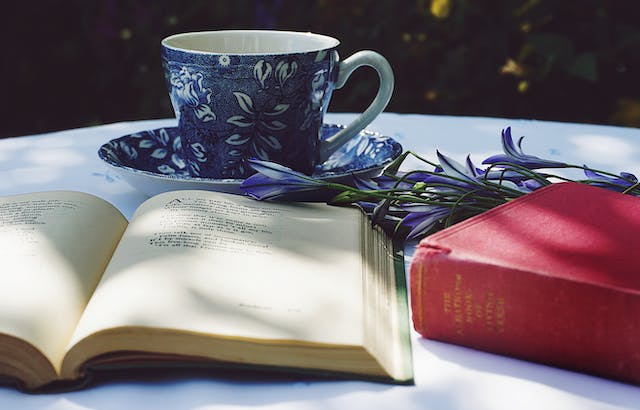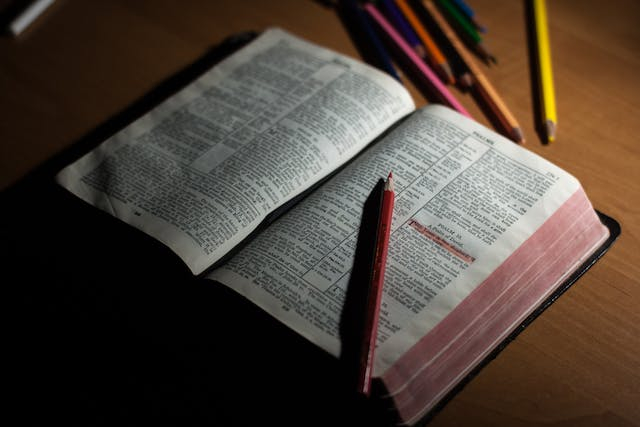Concept of Second Coming in Yeats Poetry: Critical Analysis
Essay topic: Concept of second coming in yeats poetry: Critical analysis
Answer:
Yeats, living through the transition from Romanticism to Modernism, witnessed profound changes in literature and the arts. Amid the upheavals of two world wars, the shift from personal consciousness to individualism reshaped artistic expression. This essay explores Yeats's unique position, not strictly modernist or romantic, and delves into his critical use of mythologies, symbolism, and rhetoric in poetry.
Yeats's poetry, straddling both romantic and modernist elements, reflects his retreat from a changing world to the peace of the countryside. While he embraces nature, he employs modernist tools like symbolism and rhetoric. Notably, his poems, such as "No Second Troy," "The Second Coming," and "Leda and Swan," weave mythological imagery to highlight the confluence of modernity and imagination.
Yeats's prolific use of myths in his poetry stems from a societal gap in Irish education, where British influence marginalized Irish folklore. Through his works, he aimed to resurrect Irish heritage, cofounding the Irish Literary Theatre. By retelling epics and incorporating mythic themes, Yeats not only addressed his cultural concerns but also navigated the chaotic contemporary world, using myths as mirrors reflecting societal upheavals.
In "No Second Troy," Yeats employs the Trojan War myth to depict Irish activist Maud Gonne, presenting her as a powerful revolutionary akin to Helen. The poem explores the potential chaos arising from Gonne's influence, drawing parallels between Greek legends and contemporary political turmoil.
"The Second Coming" intertwines biblical prophecy with Yeats's cyclical view of history. The poem contends that civilization experiences recurrent rises and falls, as symbolized by the Sphinx. Yeats explores the aftermath of World War I, predicting a tumultuous era before a 'second coming' that signifies not an apocalypse but a transformative phase in history.
Yeats's poetry stands at the crossroads of literary epochs, incorporating romantic themes with modernist techniques. His use of myths serves dual purposes, rediscovering Irish heritage and offering profound reflections on contemporary chaos. By intertwining mythological elements, symbolism and historical perspectives, Yeats crafts poems that resonate with themes of decay, regeneration and the cyclical nature of history. In essence, his poetic prowess lies in the delicate balance between tradition and innovation, myth and reality.












